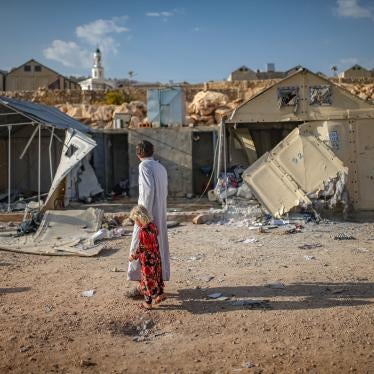Northwest Syria: Government Uses Cluster Munitions
Syrian, Russia Forces Also Use Incendiary Weapons

Cluster munitions present an immediate threat to civilians during conflict by randomly scattering submunitions or bomblets over a wide area. Their remnants continue to pose a long-term danger after conflicts end, including submunitions that fail to explode upon impact and become de facto landmines. The 2008 Convention on Cluster Munitions prohibits the use, production, transfer, and stockpiling of cluster munitions. It also requires destruction of stockpiles, clearance of areas contaminated by remnants, and victim assistance. More than 120 states have joined the Convention on Cluster Munitions and are working to implement its provisions. Human Rights Watch is a founding member of the Cluster Munition Coalition and contributes to its annual Cluster Munition Monitor report.

Syrian, Russia Forces Also Use Incendiary Weapons

Russian Forces Use Widely Banned Cluster Munitions, Damage Hospitals

Both Sides Obligated to Minimize Civilian Harm


Renewed Focus Needed on Treaty Ban
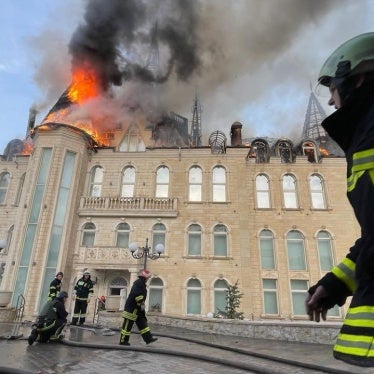
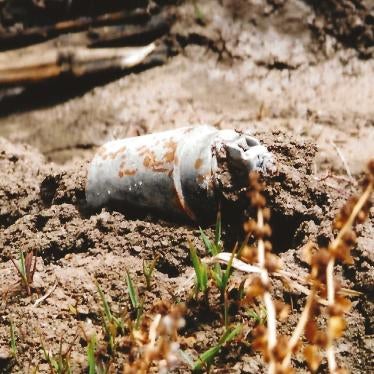
War Crimes Inquiry Needed into Massive Loss of Civilian Life, Infrastructure
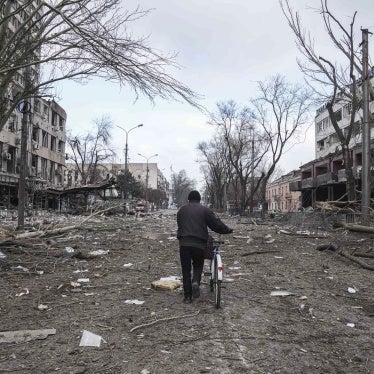
All Treaty Parties Now Comply with Stockpiling Ban

Syrian, Russia Forces Also Use Incendiary Weapons

Treaty Parties Condemn New Use of Widely Banned Weapon

Delivered by Susan Aboeid on behalf of the Cluster Munition Coalition
Delivered by Mary Wareham on behalf of the Cluster Munition Coalition
State-Controlled Media Outlets Reprise Role of Manipulating the Message
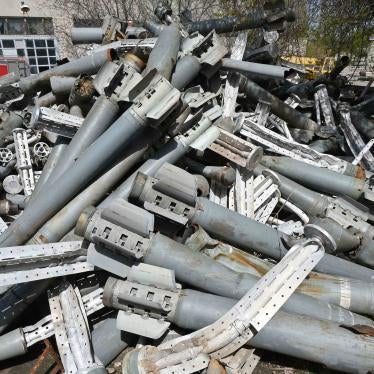
Global Report Tracks Civilian Harm from Prohibited Weapon
